Whether you’re a healthcare professional, a cleaning specialist, or a business owner, understanding how to dispose of these items correctly is a matter of safety and a legal imperative.
You might be wondering, “What’s the big deal with a few needles?”
Let’s put it this way: Imagine a child accidentally stumbling upon a used needle or a recycling plant worker getting pricked by an improperly discarded syringe. Scary, right? That’s why we’re here – to guide you through the maze of regulations and best practices in sharps disposal.
This isn’t just about sticking to the rules; it’s about protecting ourselves, our communities, and our environment from the potential risks that mishandled sharps can pose.
So, buckle up as we dive into the essential knowledge you need to navigate the world of sharps disposal with confidence and care.
What Are Sharps and Why is Safe Disposal Important?
When we talk about sharps in the medical context, we’re referring to a broad category of devices with one thing in common – their ability to pierce or cut skin.
This includes a variety of everyday medical instruments such as needles (like those used for injections), syringes, lancets (often used by people with diabetes for blood glucose tests), and other similar tools.
But why is the way we dispose of these seemingly simple tools so critical?
The Importance of Safe Disposal
- Preventing Needle-stick Injuries: Incorrect disposal can lead to accidental injuries, posing a risk of transmitting infections to anyone who comes into contact with these sharps.
- Avoiding Spread of Infections: Sharps can be a conduit for severe diseases like HIV, Hepatitis B, and C. Safe disposal ensures these dangerous pathogens are contained and not inadvertently spread.
- Compliance with Legal Requirements: In the UK, the disposal of sharps is regulated to ensure public health and safety. Non-compliance not only risks health but can also lead to legal repercussions.
Understanding the proper disposal methods of sharps is vital in mitigating these risks. It’s not just a medical concern; it’s a community safety issue.
Whether in a healthcare setting, a business, or at home, how we handle and dispose of these items has a broader impact on public health and safety.
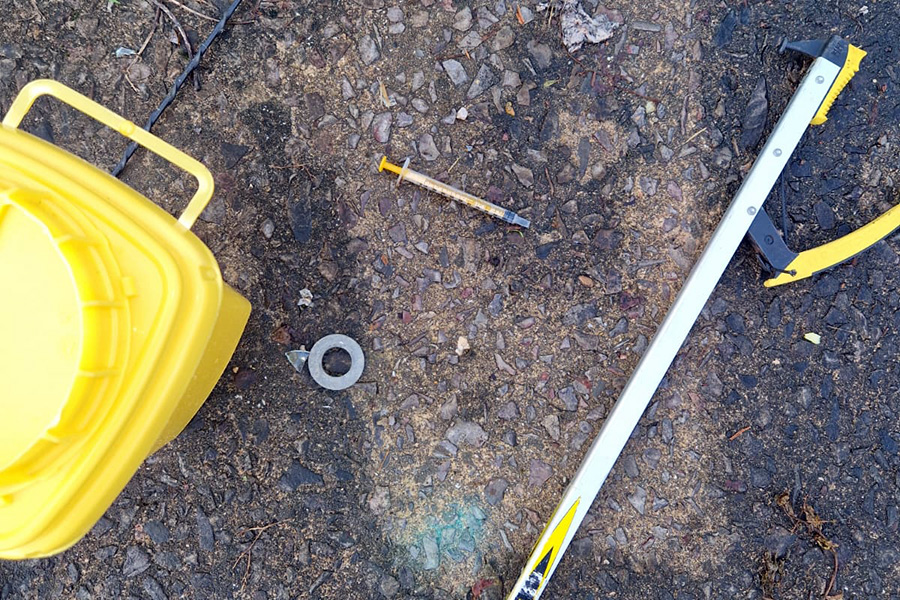
Understanding Sharps Disposal Regulations in the UK
Overview of UK Regulations
- Health and Safety at Work Act: This act requires employers to ensure the safety and health of all their employees. It includes the proper management and disposal of sharps to prevent workplace injuries.
- Control of Substances Hazardous to Health (COSHH) Regulations: These regulations specifically address controlling substances that are hazardous to health, including managing sharps disposal to avoid contamination and infection risks.
- Environmental Protection Act: This act places a duty on businesses to manage and dispose of waste, including sharps, responsibly and safely to protect the environment.
Key Regulations Details
- Responsibility of Employers: Employers are legally obliged to provide safe means of sharps disposal. This includes providing appropriate disposal containers, ensuring staff are trained in safe disposal practices, and implementing policies for managing sharps waste.
- Required Procedures: Safe disposal procedures must be in place, such as using puncture-proof containers, labelling waste correctly, and ensuring safe transportation for disposal.
- Penalties for Non-Compliance: Failing to comply with these regulations can lead to severe penalties, including fines and legal action. Non-compliance poses a risk to public health and can result in environmental damage.
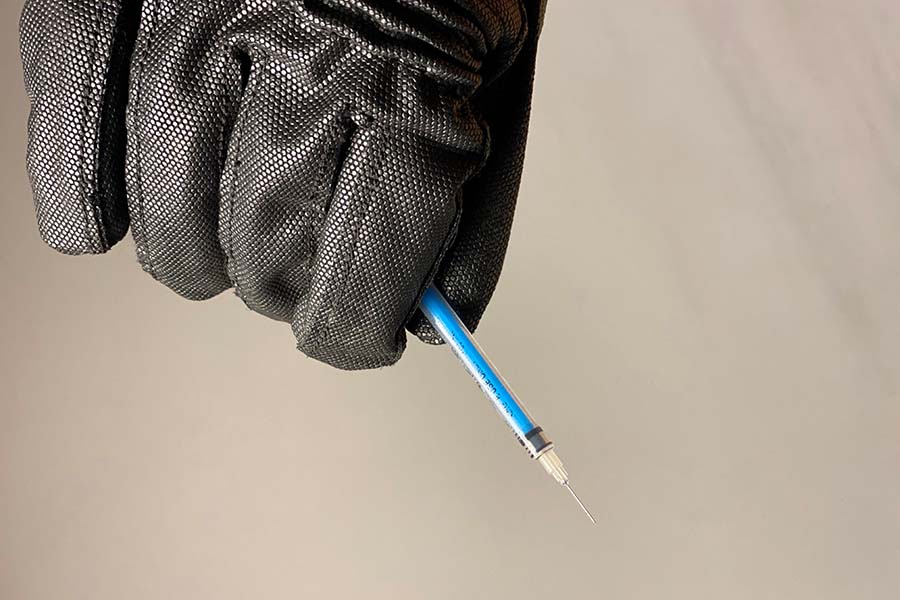
Best Practices for Sharps Disposal
It’s crucial to adhere to certain best practices when dealing with sharps such as needles and syringes. These guidelines not only ensure safety but also help in complying with health and safety regulations.
Let’s delve into the key practices that should be followed for effective and safe sharps disposal:
Safe Handling Techniques
- No Recapping: Never attempt to recap needles. Recapping can lead to accidental needle-stick injuries.
- One-Handed Scoop Technique: When necessary, use the one-handed scoop technique to put the cap back on a needle. This method minimises hand contact with the sharp end.
- Immediate Disposal: Sharps should be disposed of immediately after use. This practice reduces the risk of accidental injury and contamination.
Selecting Appropriate Sharps Disposal Containers
- Puncture-Resistant: Containers should be made of material that can resist punctures and leaks, ensuring that sharps cannot escape.
- Proper Labelling: Containers must be clearly labelled to indicate they contain hazardous materials. This helps in ensuring they are handled appropriately.
- Colour and Symbols: The use of colour coding and biohazard symbols is essential for quick identification.
Placement of Sharps Disposal Containers
- Easily Accessible: Containers should be placed in areas where sharps are commonly used, ensuring they are easily reachable.
- Secure and Stable: They must be mounted or placed to prevent tipping and spilling.
- Avoid Public Access: To prevent tampering or accidental exposure, containers should not be easily accessible to the public or those not trained in their use.
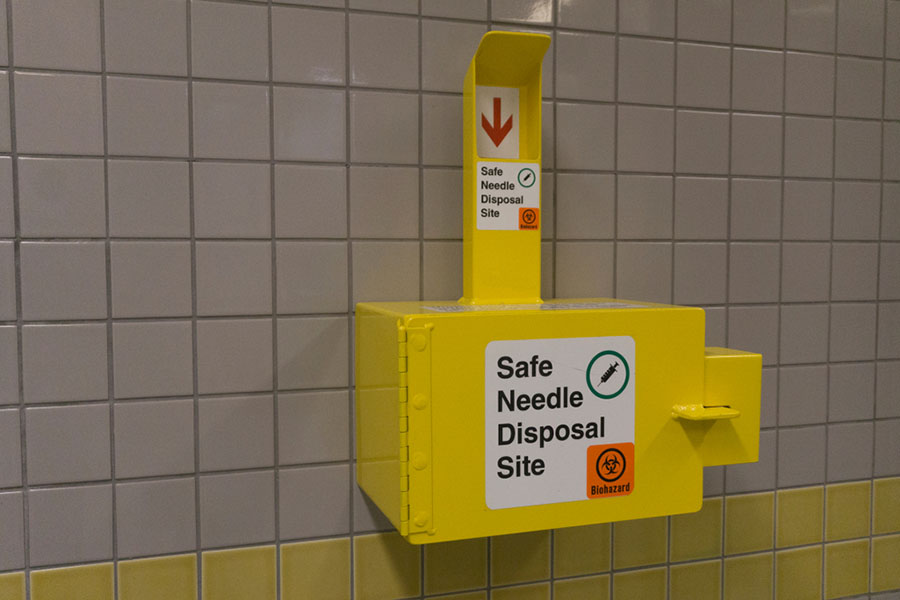
The Necessity of Professional Training in Sharps Disposal
When handling and disposing of sharps, professional training isn't just beneficial – it's essential. This training ensures that those dealing with sharps comply with various health and safety regulations and are well-equipped with knowledge and skills to prevent accidents and contamination.Importance of Professional Training:
-
Ensuring Compliance: Training helps individuals and organisations understand and adhere to the Health and Safety at Work Act, COSHH, and other relevant regulations.
-
Safety Procedures: It provides practical knowledge on safe handling techniques, thus minimising the risk of needle-stick injuries and the spread of infections.
-
Awareness of Legal Requirements: Professionals are educated on their legal responsibilities and the consequences of non-compliance.
Ultima Academy’s Sharps Disposal Course:
-
Comprehensive Content:The course covers a wide range of topics, including identifying different types of sharps, safe handling techniques, correct disposal methods, and understanding legal compliance.
-
Practical Benefits:By taking this course, you'll learn the theory and practical aspects of safe sharps management. This includes correctly using disposal containers and emergency procedures in case of accidental injuries.
-
Preparation for Safe Sharps Management:The course is designed to equip cleaners, healthcare workers, and others involved in sharps disposal with the necessary skills and knowledge to manage these hazardous items safely. It ensures that participants are well-prepared to handle sharps in various settings.
By enrolling in Ultima Academy’s Online Sharps Disposal Course, individuals and organisations can ensure that they are compliant with UK regulations and capable of maintaining the highest standards of safety and hygiene in their workplaces.
This course is an invaluable investment for anyone who wants to pursue a career in specialist cleaning or expand their existing cleaning services.
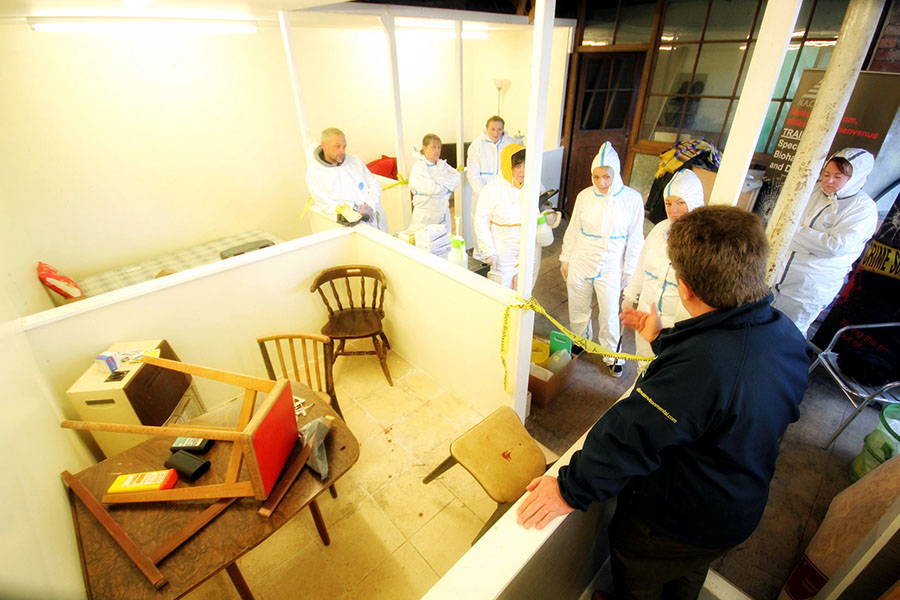
Disposing of Sharps and Needles Safely: A Step-by-Step Guide
- Immediate Disposal:
After use, immediately place the sharp or needle into a designated sharps disposal container. Avoid recapping needles to reduce the risk of accidental needle-stick injuries.
- Using the Right Container:
Ensure you use a container specifically designed for sharps disposal. These containers are typically puncture-resistant, have a tight-fitting lid, and are clearly labelled for sharps disposal.
- Filling the Container:
Fill the container only up to the indicated fill line. Overfilling can increase the risk of injury or spillage.
- Sealing and Labeling:
Once the container is full, securely close the lid and ensure it is properly sealed. Label the container with the contents and the date of sealing if required.
- Safe Storage:
Store the filled container in a secure and inaccessible location, particularly away from children and pets, until it’s ready for disposal.
- Proper Disposal:
Follow your local guidelines for sharps disposal. This may involve taking the container to a designated drop-off site, using a mail-back program, or utilising a medical waste pickup service.
- Documentation:
In professional settings, maintain a logbook recording the details of sharps disposal, including dates and methods, to comply with regulatory requirements.
- Regular Checks:
Regularly check the storage and disposal areas for safety and compliance. Ensure that new sharps disposal containers are readily available as needed.
- Training and Awareness:
Ensure that all individuals who might handle sharps are properly trained in these disposal procedures. Regular refresher training can also be beneficial.
- Seeking Professional Help:
If in doubt, or for large volumes of sharps waste, seek professional waste disposal services like those provided by Ultima Environmental to ensure compliance with all legal and health standards.
By following these steps, you can ensure that sharps and needles are disposed of safely and responsibly, minimising the risk of injury and environmental harm.
Wrapping Up: Sharps Disposal Essentials
Safely disposing of sharps and needles is not just a best practice—it’s necessary for health, safety, and legal compliance. Adhering to the outlined sharps disposal regulations significantly reduces the risk of injuries and infections like HIV, Hepatitis B, and C.
Understanding and implementing these regulations are essential for anyone handling sharps, whether in a healthcare setting, a business environment, or at home.
Boost your safety skills with Ultima Academy’s sharps disposal training. Or do you need professional disposal services? Ultima has you covered. Stay safe and compliant with Ultima.
Frequently Asked Questions: Sharps Disposal Regulations UK
What are the sharps disposal regulations in the UK?
They outline the responsibility of employers for ensuring safe disposal procedures and the penalties for non-compliance.
Why is it important to follow sharps disposal regulations?
Compliance also ensures that businesses and healthcare providers are legally protected.
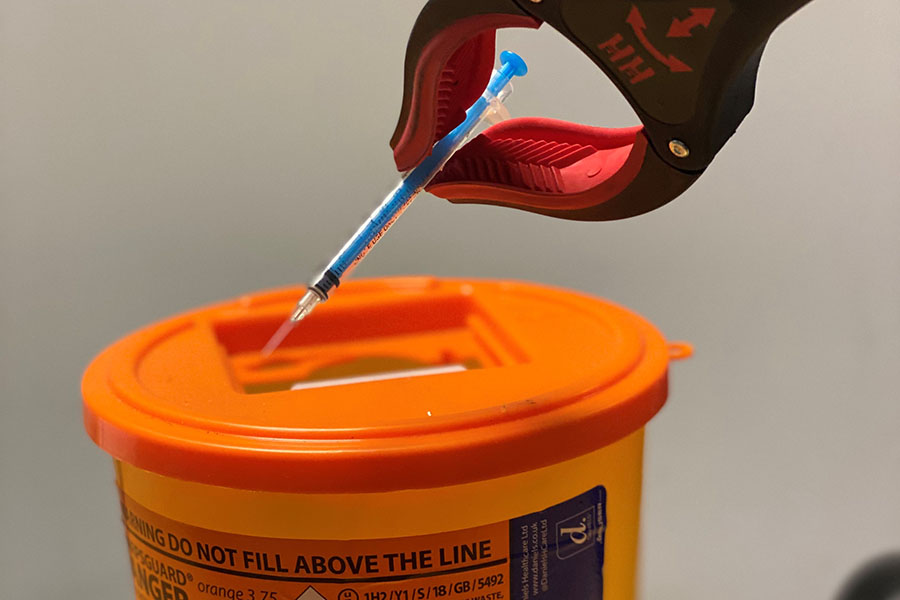
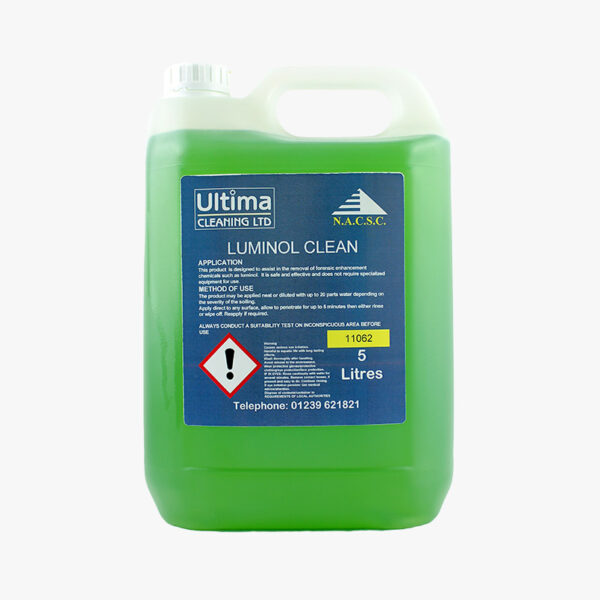
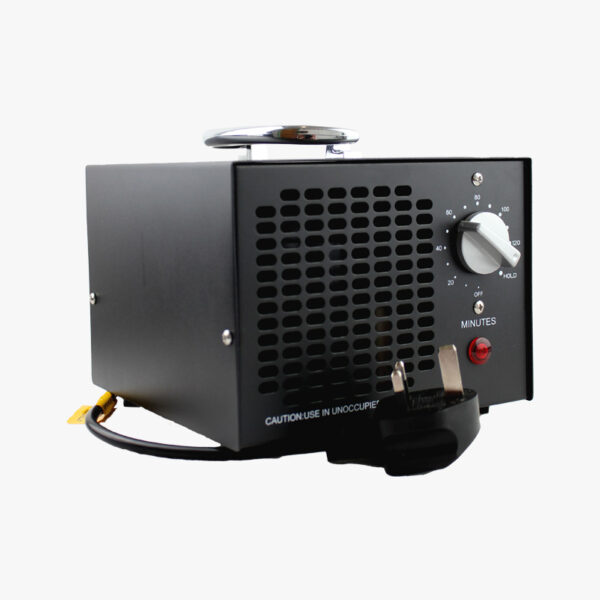
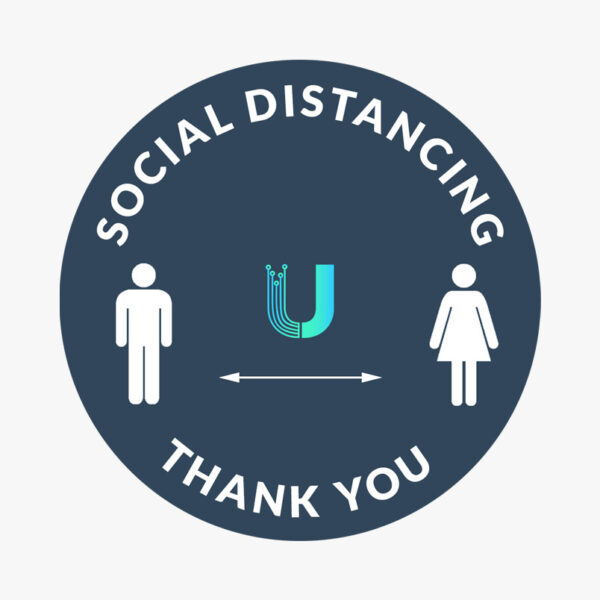
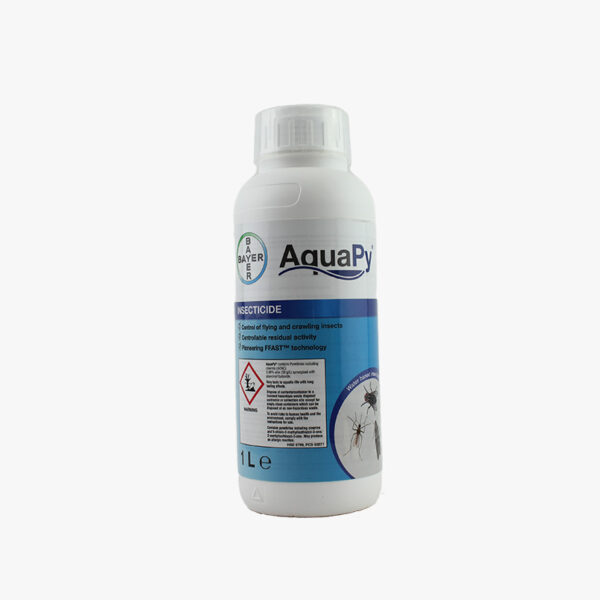
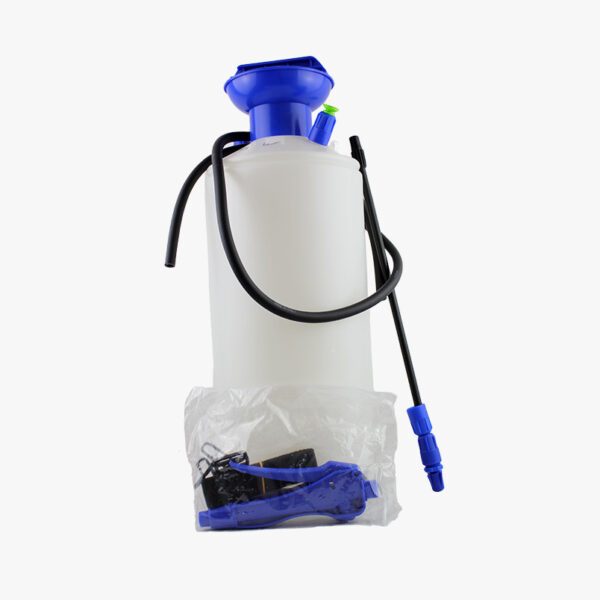
Please can we have a full price list on your courses.